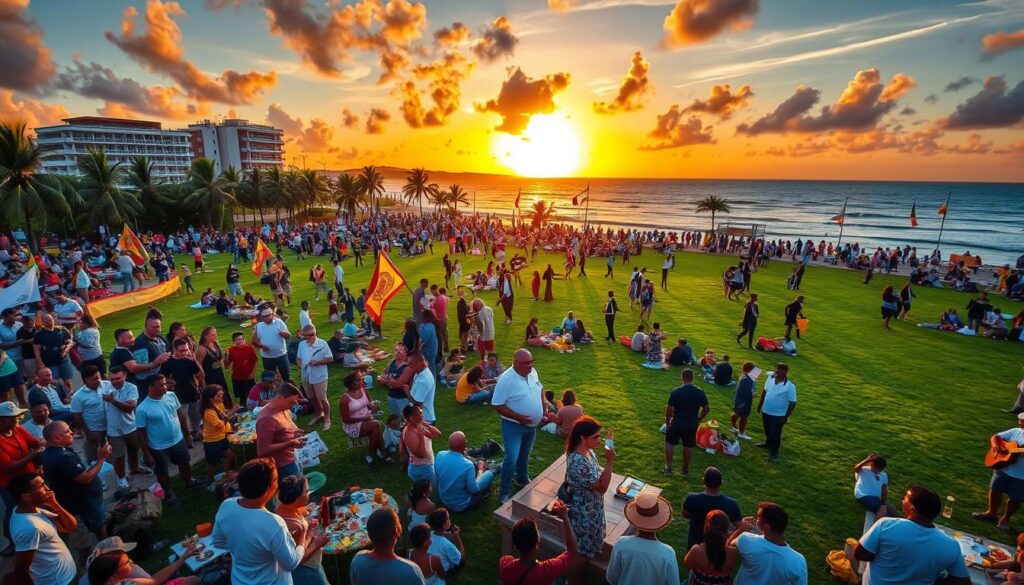Sri Lanka’s Rupee Closes Stronger at 293.00/20 to the Dollar
The Sri Lankan Rupee showed new strength on Wednesday. It closed at 293.00/20 against the US Dollar, up from 293.50/60. This change signals a positive shift in the currency exchange rate.
The forex market performance matches the nation’s ongoing economic recovery efforts. Bond yields stayed steady amid the Rupee appreciation. A bond due 15.12.2026 closed at 10.60/80 percent.
Another bond maturing on 15.12.2027 closed at 11.45/60 percent. This stability in bonds highlights the improving health of the Sri Lankan economy.

The Rupee’s rise matches a drop in the central bank’s bill stock. As the exchange rate grows, importers may benefit from better rates. This could boost trade and business in the nation.
The Rupee’s growth and steady bond yields paint a good picture. They show Sri Lanka’s economic prospects are improving. The currency’s strength proves that financial measures are working.
Recent Rupee Performance Against the US Dollar
The Sri Lankan rupee is getting stronger against the US dollar. On Thursday, it was 292.80/85 against the dollar, up from 293.00/20 the day before. This shows more trust in the local currency.
Rupee Strengthens to 292.80/85 on Thursday
On Thursday, the rupee opened at 293.05/15 to the dollar. This was the same as Wednesday’s closing rate. The stable exchange rate helps businesses and investors.
The rupee’s rise to 292.80/85 during the day boosted confidence in the local currency. This stability is good for economic growth and investor trust.
Rupee Remains Stable at 293.05/15
The rupee’s steady performance is important to note. Its unchanged opening rate shows consistency. This stability helps maintain investor confidence and supports economic growth.
The dollar’s selling rate fell below Rs. 300 for the first time since June 8, 2023. It reached Rs. 299.35, with a buying rate of Rs. 290.30.
The rupee’s strength against the dollar is good news. It improves Sri Lanka’s economic outlook and ability to attract foreign investment.
Bond Yield Trends in Sri Lanka
Sri Lanka’s bond market shows interesting trends lately. Bond yields remain steady despite the rupee’s rise against the US dollar. Analysts are watching bonds closely to assess the economy and investment chances.
Bond Yields Remain Steady Amid Rupee Appreciation
On October 30, 2024, the January 15, 2027 bond was quoted at 10.79/83 percent. The March 15, 2028 bond recorded yields of 11.70/75. These numbers show a stable bond market as the rupee strengthens.
The rupee’s rise is due to increased foreign investment and a better economic outlook. This stability is noteworthy given the currency’s recent performance.
Treasury Bond Auction Impacts on Yields
The upcoming Treasury Bond auction will likely affect bond yields soon. The central bank plans to issue 95 billion rupees worth of bonds. This auction will reveal demand for government securities and market liquidity.
The auction’s outcome may influence the yield curve. This curve shows the link between bond yields and their maturities. It’s a key indicator for investors.
Investors and analysts will watch bond yields, auctions, and the rupee’s performance closely. Understanding these trends helps market participants make smart decisions. It allows them to navigate Sri Lanka’s bond market with more confidence.

